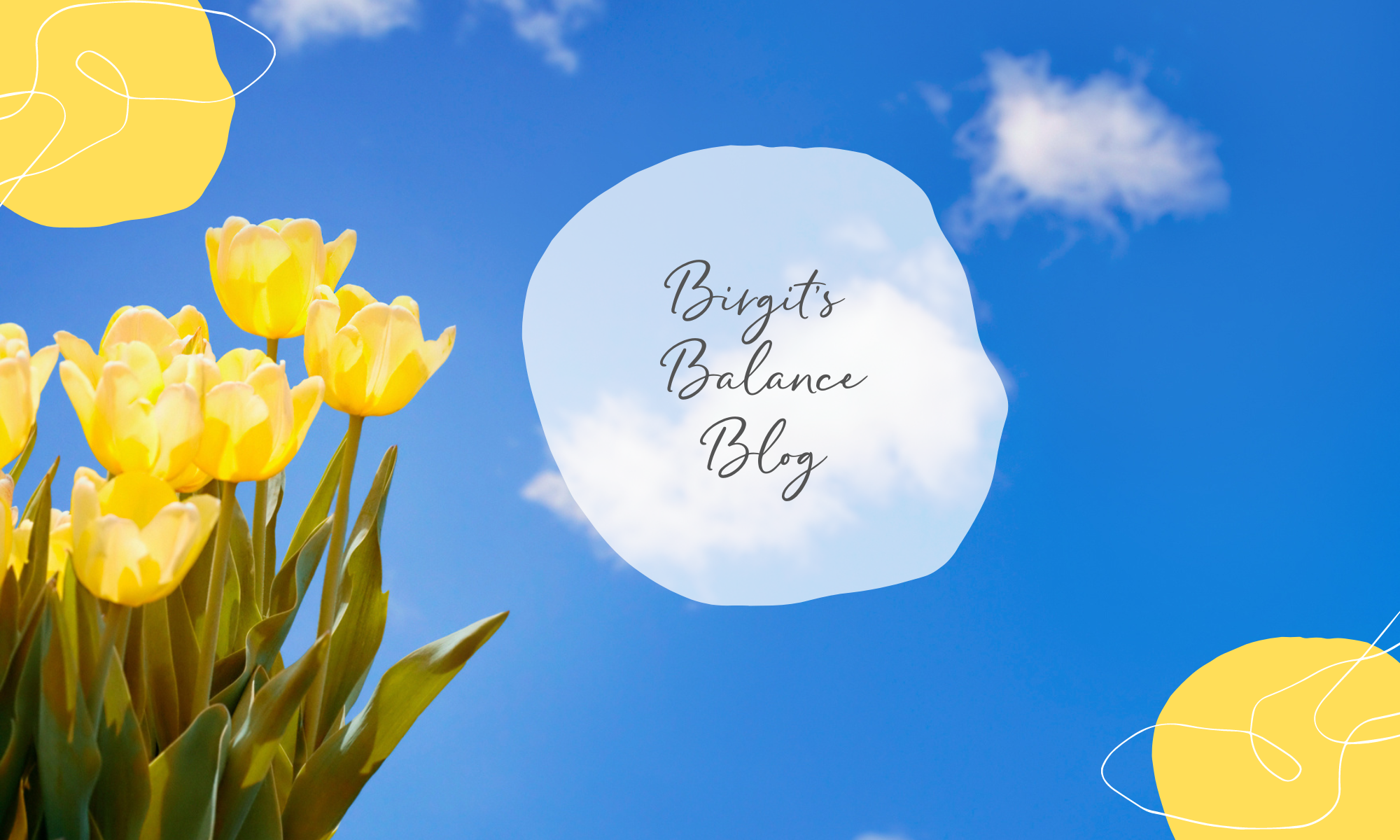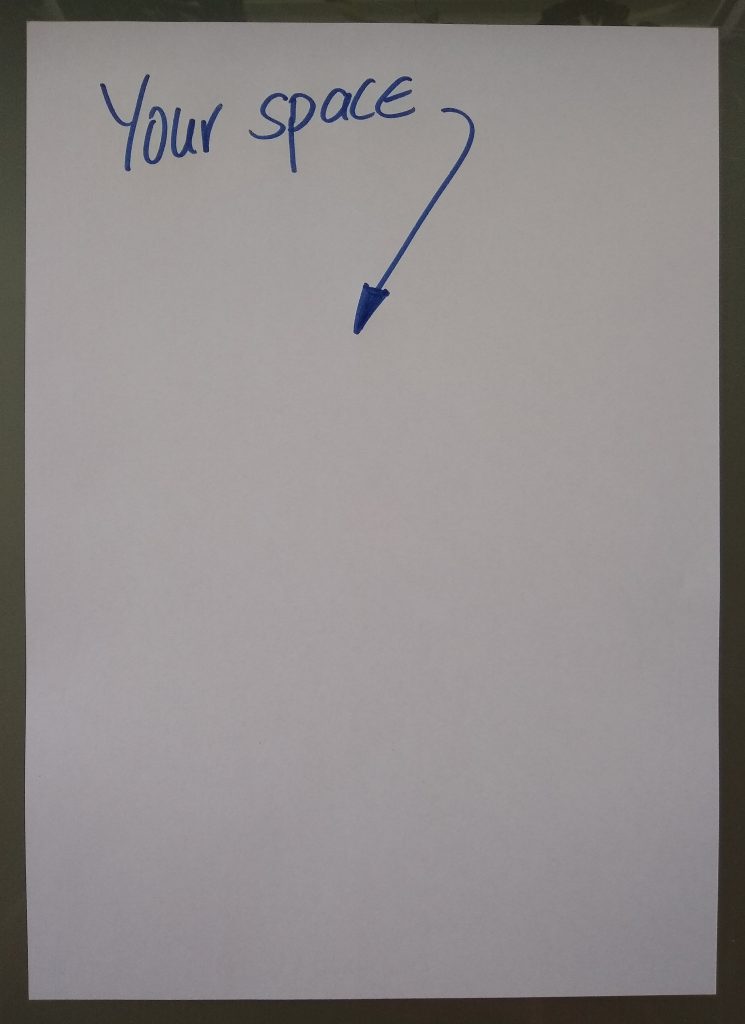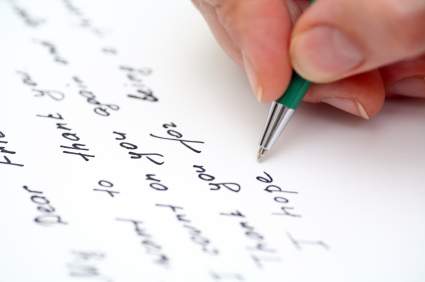
Today I would like to focus on one of the most powerful levers for happiness and wellbeing – your mind and the thoughts it produces.
Your thoughts are like background music, like a melody surrounding you. This melody influences your own mood and the mood of people connecting with you.
So chose your mental playlist wisely 🙂
Let me give you an example of how thoughts influence yourself and people in your environment:
I was delivering an onboarding training to new associates. We had a nice group of 20 people from different countries and work backgrounds. At the beginning of training the group had agreed to turn off the mobile phones to be able to fully focus on the learning. All went well for the first 20-30 minutes. Then, suddenly, one participant at one of the tables in the back of the room caught my attention. He was sitting with his head down, looking at his mobile phone which he was trying to hide in his lap. Once in a while he looked up and at me, smiled and then turned his attention back to his mobile.
What would you think in this situation?
How would you feel?
Could you imagine, how this influenced everything?
Immediately my thoughts were completely focused on this one person.
Why is he doing this?
Why is he ignoring the group agreement?
How impolite!
Am I boring?
I did not lose track of the content I wanted to deliver – yet – but it started to distract me.
Subsequently, 19 other people in the room did not have my attention anymore.
And most probably they already started to recognize my change in focus and behavior … thinking, that …
You probably can imagine how this downward spiral could go on.
Fact is, that in the very first moment I discovered that guy and his “mobile addiction”, the melody surrounding me was more a song of concern and distraction, with anger turning its volume up slowly.
What did I do?
I decided to talk to this participant in the break and this way managed to bring my attention back on track.
When I asked him in the break about using his mobile, he became silent for a moment. Then, slowly and carefully he explained that he just had learned the language I was delivering in half a year ago. He admitted, that he had troubles understanding certain words – this is why he was using a translation app on his mobile to be able to follow.
What would you think in this situation?
How would you feel?
Could you imagine, how this influenced everything – again?
Could you imagine how this changed my melody?
There is almost never only one explanation to situations we are facing. And very often there is not even that one and only explanation.
It’s normal, that an initial song comes up to every situation.
The question is: do you like this song?
Does it create an attitude and mood that enables you and others to face that situation in a constructive manner?
If not, consider changing your song!
Be open to different types of music, meaning different ways of interpreting a situation. Not for the sake of chosing “the right song” (= the right interpretation = being right) but for the sake of a good dance ( = mastering the situation).
Openness, genuine interest, asking questions and always assuming best intentions a perfect composers for a playlist that rocks your life.
What melody surrounds you?
Swing on,
Birgit










